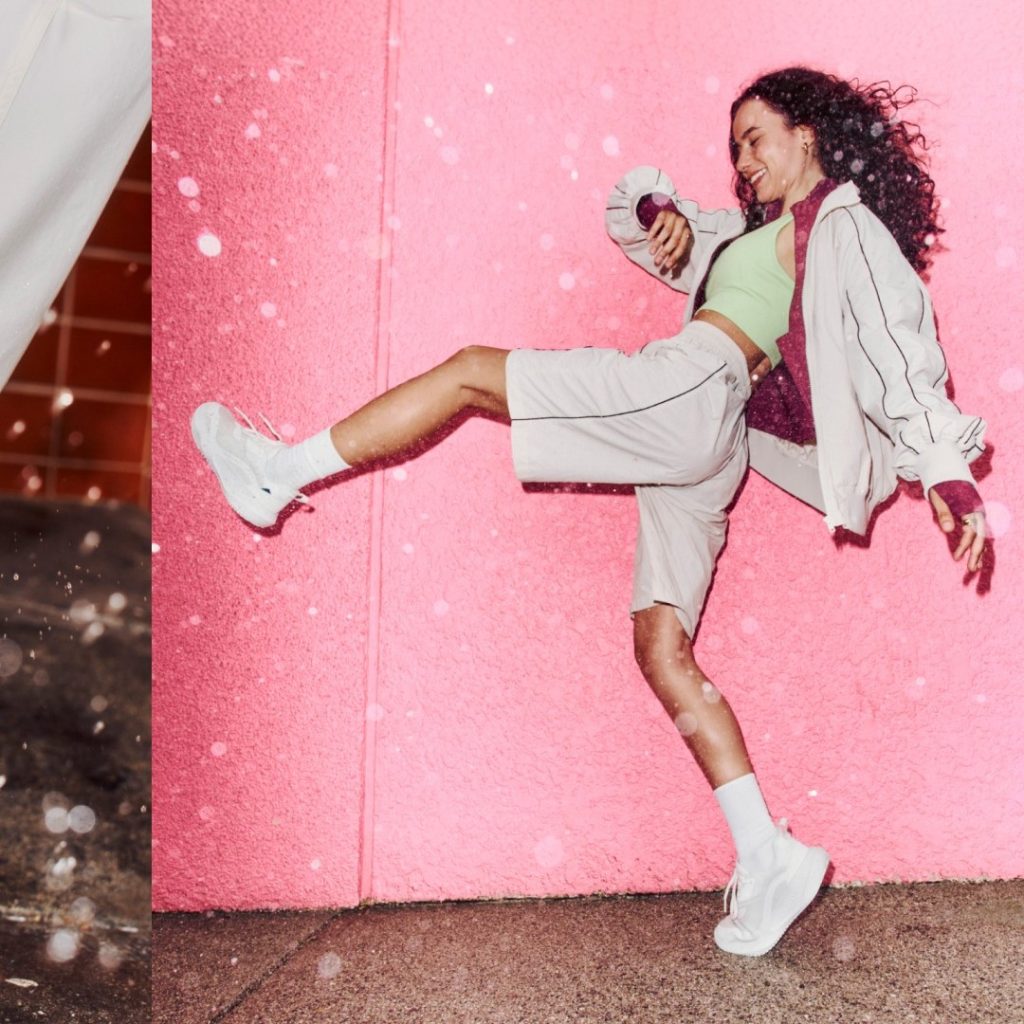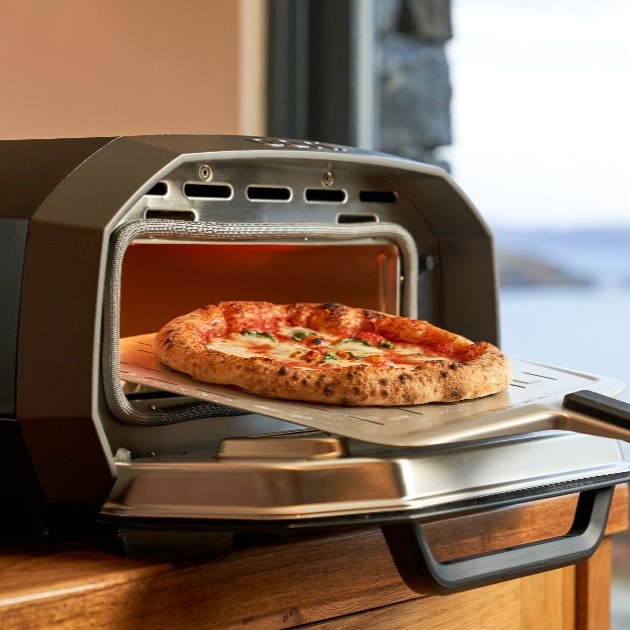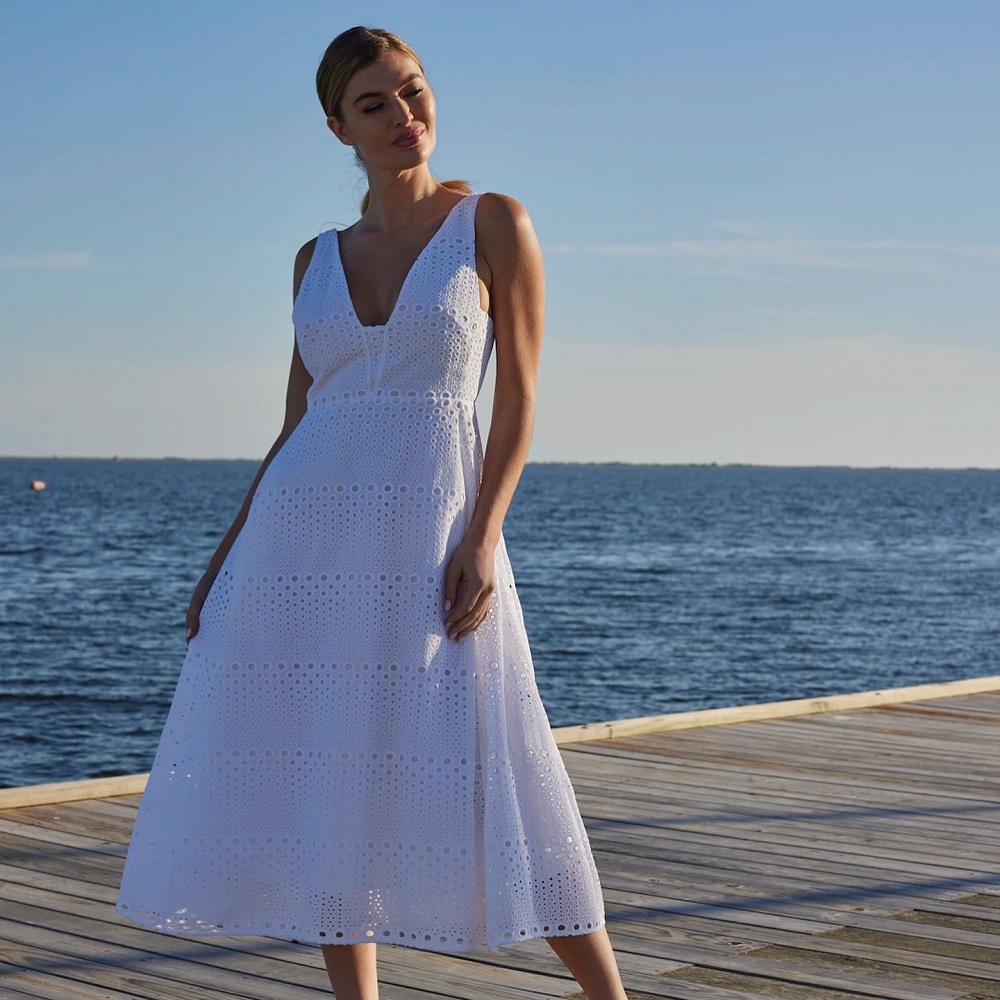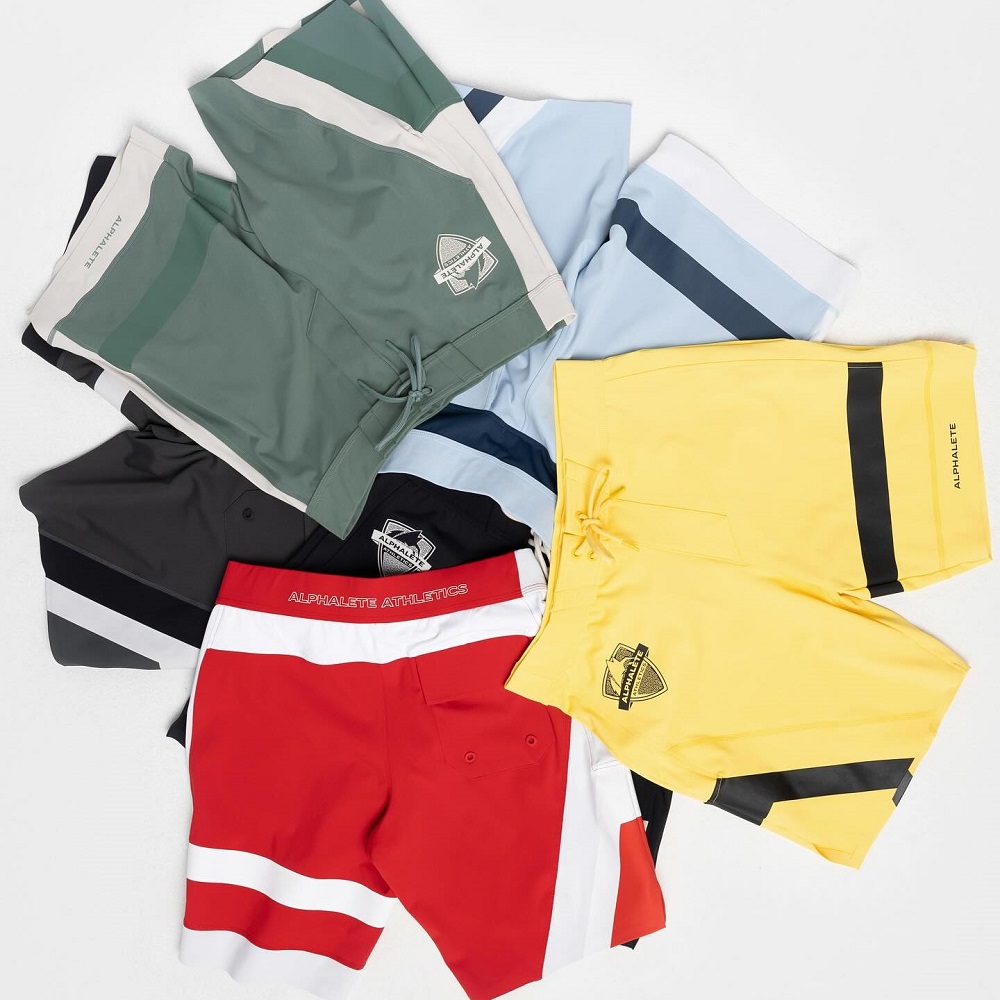Sock Size Chart – Your Guide to Finding Your Size
Table of Contents
How to Determine Sock Size
A sock size chart can be confusing, making you want to avoid it all together. That runs the risk of purchasing socks that are too loose or end up squeezing your feet. So we’ll break down how a sock size chart works, so that you never have to return a pair ever again.
In the interest of simplicity, most of this guide will deal with standard US sock sizes. We do want to help as many readers as possible, however, so you’ll also find a useful section on sock size conversions, for sizing schemes across the world.
An important note on US sock sizes: they do resemble their shoe size counterpart, but, sock sizes are entirely based on foot length in inches. The length of your foot in inches —from the heel to the tip of your toe—is what actually determines your sock size.
So when you see socks labelled “sock size 9-11” or “sock size 10-13”, just note that this is in reference to your foot length in inches, not your shoe size. Whether you’re buying men’s, women’s, or kid’s socks, the foundation for finding the right size is to first measure your foot length.
Sock Sizing Guide
We’ll give a run down of how to determine your sock size in each category. Sock size is mostly predicated by foot length, though there are a few distinctions (life is never as easy as you want it to be).
Women’s Sock Sizes
Finding the perfect fit for women’s socks is rather simple. Once you’ve determined your foot length, you can ideally place yourself within one of the ranges that women’s socks are typically offered in (ex. sock size 9-11).
If you’re without a measuring tape, or the idea of measuring your feet is strange, you can also determine your sock size based solely on shoe size. If your shoe size lies anywhere between 5 and 10, for instance, you should have no issues wearing a sock size 9-11.
If you wear larger than size 10 shoes, it may be worth wearing a men’s pair of socks. Men’s socks are not all that different compared to women’s—certainly not in a practical sense. With such an array of stores to shop at on the world wide web, you’ll always find a pattern or style you like, whether or not they’re specified for men or women.
Men’s Sock Sizes
Never fear, guys, determining sock size is just as easy for you. Foot length in inches is the key here, so figure that out before you start online shopping. Men’s socks are typically sold under the label “sock size 10-13”. Just to be clear (again), this is in no way a reflection of your shoe size. If your shoe size is anywhere in the range of 8-12.5, then you should have no problem buying a 10-13 pair of socks.
| Adult Sock Size ChartSock SizeUS Women’s Shoe SizeUS Men’s Shoe Size9-115-104-7.510-1310.5-138-12.514+14+13+ |
Kids Sock Sizes
Kids socks can get a little more difficult compared to adults, since there’s no one universal size for children in certain age groups. Parents, you already know children are a handful, so just add their sock sizes onto the list of grievances.
Kids grow tremendously throughout their transition into adolescence and adulthood. They shoot up like weeds. Especially young children, who seem to grow right before your eyes. You’ll find just one sock size chart for kids below, but keep in mind the three sizing categories:
- Baby socks
- Toddler socks
- Boys socks and girls socks
Baby socks, ie. the cutest pieces of clothing ever, are meant for children no older than 1 year. It’s recommended, considering the rate of growth, to go a size up. Even if the socks are too big, your baby will grow out of them soon enough.
Toddler socks are typically reserved for children between ages 1 and 3. These socks will generally accommodate your kids if their shoe size ranges between 4 and 7. If you’ve got an exceptional grower on your hands, you may want to consider going up into the kids sizes for any child with a shoe size 8 or more.
Boys and girls socks are essentially the same, barring any aesthetic differences. Age and shoe size play an integral role in determining the right sock size for children. If your kids are beginning to outgrow this category of socks, you can bump them up to a women’s size. This works for boys too, who may not have feet large enough to fit men’s socks, but have outgrown kids socks.
There’s no need to throw away your kids’ socks after they outgrow them—you can repurpose socks into toys, mug holders, headbands, and so much more.
| Kids Sock Size ChartAge US Shoe Size US Sock Size 0-6 Months 0-2.5 3-4 6-12 Months 1-5.5 4-5.5 12-24 Months 5-9.5 5-6.5 2-4 Years 9-12 6-7.5 3-7 Years 11-4 7-8.5 5-10 Years 2.5-6 8-9.5 9-Adult 5.5-10 9-11 10-Adult 6-12 10-13 |
Sock Size Chart Conversion
UK shoe sizes are determined using math similar to that of the US and Canada. The only difference is that UK shoe sizes start at 0, not 1. There’s also no distinction between men’s and women’s sizes. If you use the UK’s shoe size metrics, you can easily determine your corresponding US shoe size with simple addition:
- Men add 0.5-1 to their UK shoe size to determine their US men’s shoe size (UK 6-6.5 = US Men’s 7)
- Women add 2-2.5 to their UK shoe size to determine their US women’s shoe size (UK 6-6.5 = US Women’s 9)
The arithmetic when it comes to Euro sizes isn’t quite as concise, so to save your brain the trouble: we’ll give you a conversion table, which you can apply to the sock size chart.
US Women’s to Euro Women’s Shoe Size Conversion
| US Women’s Shoe Size | Euro Women’s Shoe Size |
| 4 | 35 |
| 5 | 36 |
| 6 | 37 |
| 7 | 38 |
| 8 | 39 |
| 9 | 40 |
| 10 | 41-42 |
| 11 | 43 |
| 12 | 44 |
| 13 | 45 |
US Men’s to Euro Men’s Shoe Size Conversion
| US Men’s Shoe Size | Euro Men’s Shoe Size |
| 7 | 40 |
| 8 | 41 |
| 9 | 42 |
| 10 | 43/44 |
| 11 | 44 |
| 12 | 46 |
| 13 | 47 |
| 14 | 48 |
| 15 | 49 |
| 16 | 50 |
If you’re looking to do the same with your Australian shoe size, it’s relatively similar to the UK shoe size formula. In general, because this is no exact science: an Australian men’s shoe size is about half a size smaller than its US men’s counterpart. While the Australian women’s shoe size is about 1 and half sizes smaller than its US women’s equivalent.
Using the tables set out here, you can easily determine your US men’s or women’s shoe size, at which point you’ll be able to use the sock size chart to pairs that fit perfectly.
Sock Length Guide
Socks come in a variety of lengths, each having their own styles and designed for different functions.
1. No Show Socks
No show socks only reach part way up the foot. This length is meant to be invisible, or minimally visible, while wearing shoes. No show socks are used in athletics, affording temperature regulation and optimal mobility. They’re also common in fashion, as they allow more emphasis to be placed on an outfit. No show socks often feature antimicrobial and moisture-wicking properties.
2. Ankle Socks
These socks are an expression of their name, only reaching your ankles. Ankle socks are often used in athletics, as they provide breathing room to the legs and feet. Ankle socks pair well with any ensemble, due to their subtlety. Ankle socks are lightweight; you can wear them comfortably with casual or formal attire.
3. Micro-Crew Socks
Micro-crew socks are longer than an ankle sock but shorter than regular crew socks. They end above the ankle and below the mid-calf. They pair well with mid or high top shoes and help to prevent chafing from occurring around your ankles. Micro-crew socks are most commonly worn during hiking. They protect your ankles from sharp objects like rocks and plants and those pesky mosquito bites.
4. Crew Socks
Crew socks are cut between ankle and mid-calf length, typically ending under the calf muscle. This cut is most often used in casual socks, though athletic socks and dress socks also come in this length. Crew socks are the most common length and pair well with any boot or shoe.
5. Quarter Length Socks
Quarter socks length generally sits atop the middle of your ankle bone, meaning its slightly visible above the heel collar of your shoe. Quarter length socks are sometimes called the short crew, as they’re longer than ankle socks and shorter than the typical crew. Quarter length socks are useful if you’re wearing mid or high shoes and you want to prevent chafing around your ankles.
6. Mid-Calf Socks
Mid-calf, or trouser socks, are cut a few inches below the knee. They’re a popular style for day-to-day wear. Along with knee high, mid-calf is a common length for men’s dress socks. Mid-calf socks are a winter go-to, along with knee highs, as they offer more coverage.
7. Knee High Socks
Knee high, or over the calf socks run the length of your legs to just below the kneecaps. They’re ideal for keeping your legs warm, pairing well with boots, dress shoes, and running shoes on brisk morning jogs. For women, knee high socks can also be an attractive complement to a skirt. Knee length socks generally feature stay-up technology to prevent them from rolling down.
8. Thigh High Socks
Also known as over-the-knee socks or O.T.K., this length is paired with skirts, shorts, dresses or longer tops. Thigh highs can be a suitable alternative to wear during the colder months, since they cover much of the leg. Expect the elastic around the cuff to be tight since it’s working to hold up more material.
Navigating your way through sock sizes and lengths can be difficult if you’re not prepared with the right information—now that you are, a sock size chart will never confuse you again.








